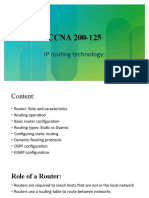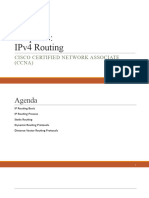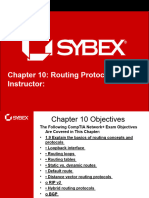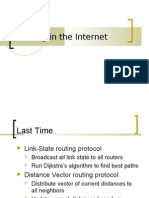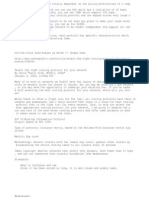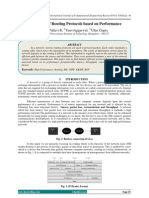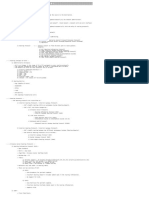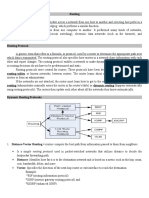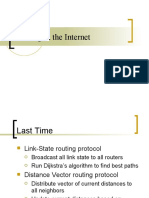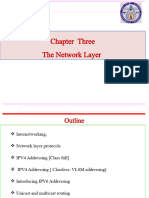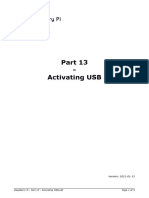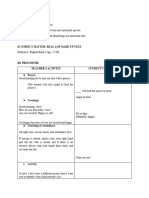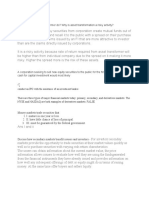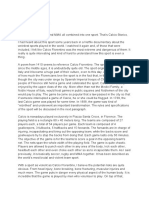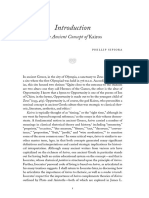0% found this document useful (0 votes)
17 views28 pages02 Routing
The document discusses routing protocols, emphasizing the need for dynamic routing in larger networks with multiple connections and redundancy. It categorizes routing protocols into distance-vector and link-state types, detailing their operations, advantages, and disadvantages, including specific protocols like RIP, IGRP, OSPF, and BGP. Additionally, it compares these protocols based on metrics, update methods, and their suitability for internal or external routing.
Uploaded by
Arslan CoskunCopyright
© © All Rights Reserved
We take content rights seriously. If you suspect this is your content, claim it here.
Available Formats
Download as PDF, TXT or read online on Scribd
0% found this document useful (0 votes)
17 views28 pages02 Routing
The document discusses routing protocols, emphasizing the need for dynamic routing in larger networks with multiple connections and redundancy. It categorizes routing protocols into distance-vector and link-state types, detailing their operations, advantages, and disadvantages, including specific protocols like RIP, IGRP, OSPF, and BGP. Additionally, it compares these protocols based on metrics, update methods, and their suitability for internal or external routing.
Uploaded by
Arslan CoskunCopyright
© © All Rights Reserved
We take content rights seriously. If you suspect this is your content, claim it here.
Available Formats
Download as PDF, TXT or read online on Scribd
/ 28








